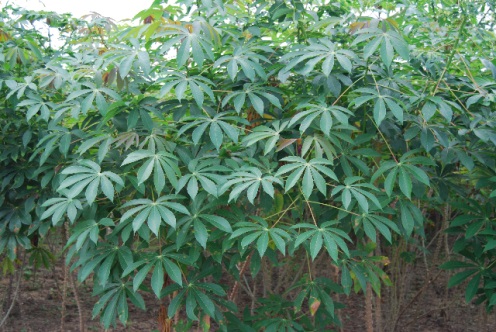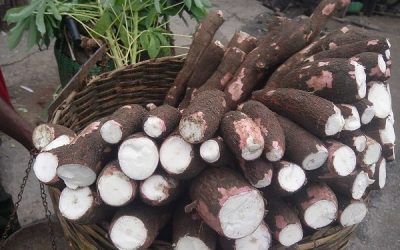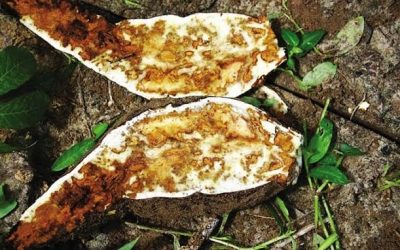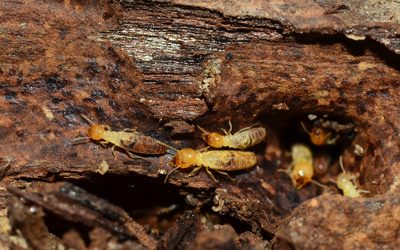How to handle Pesticide resistance

Once pesticide resistance appears, researchers have to find other chemicals and methods of controlling a particular pest. Farmers should therefore do their best to prevent resistance from occurring in the first place, or at least slow it down, by understanding the factors that contribute to resistance.
By and large, the main factor is pesticide ‘neglect’. Although insects may appear on crops, they are not all necessarily pests, and a farmer should avoid spraying automatically. Not only is this an unnecessary expense, it may do more harm than good. It is best to hold off on spraying until the pest species has reached its threshold level – the level at which the pest infestation becomes harmful to the plants.
Avoid the repeated use of the same pesticide (or one with a similar chemical make-up) over a long period. Rather rotate insecticides, making sure these are chemically different. For example, if you use an organophosphate-based pesticide, swap it for a pyrethroid pesticide, or vice versa.
Mix the pesticide according to the manufacturer’s recommendations. Making a stronger mixture will have absolutely no effect on a species carrying a resistant gene. Some people advocate mixing different pesticides together so as to inhibit resistance. This is a dodgy practice if not done carefully; the mixture could cause serious damage to the plants. Ask your fertiliser rep for advice, and if in doubt, obtain a second opinion.
Integrated pest management
Finally, a pest cannot become resistant to a predator, so encourage predators into the crop. If you are plagued by the same pest year after year, consider planting a different crop to break the insect’s reproductive cycle. Alternatively, plant crops that are more resistant to pest attack.


